What we did
The class researched the history of catapults through books and videos and lots of discussion.
Catapults are used to shoot fire into castles.
Catapults were used as weapons in wars.
Some catapults were really big and some were small.
A slingshot is a type of catapult.
Students formed groups to plan and design their own catapults. They could use rubber bands, sticks and a spoon. This was their time to work as a team, to problem solve and to develop their first prototype. I wasn’t quite sure how the 5 and 6 year olds would handle working with others and coping with challenges. I was pleasantly surprised at their resilience and the way they worked together.
When they said, Ms Bowler can you please tie the rubber bands, I replied no, work out how you can do it together. With a little prompting, one person had to hold the sticks together while the other person tied the bands on.
We worked together to add our feathers. First we put the big sticks on wrong. We had a look at another group’s one, and then got it right.
Tabheld the sticks while I put the rubber bands around. We had to work together to get them tight.
With all the prototypes complete, students then brought them to the testing zone. Using a pom pom as the trajectory, the different groups tried out their first attempts. There were some helpful tips from the audience when the catapults did not work.
Turn your one around, the spoon is on the wrong way.
Hold the front a bit tighter then let it go fast.
Students took on the feedback from their peers testing their catapults with varying successes.
With testing complete, students went back to their design templates and drew what had happened.
All students got to build their own catapult to take home to share with their whanau.
Room 12 used this experience to write about how to make a catapult. With teacher support, some students wrote the steps they followed to create their catapult. Others wrote a recount. Here are two stories that Luca and Brody wrote independently.
My friends and I were making catapults on the table. They came out really well, so good that our catapult flew as far as the table.
To make catapults we got eight rākau sticks and then we got two big rākau sticks and three rubber bands. We put the rubber bands on the big rākau sticks. Then we put the spoon on. We tested it and it worked well.
We need little sticks and two big sticks. Then we put the rubber bands on the sticks. Then we put some feathers on. After we made it, we tested it. It went flying.
We needed three rubber bands. We needed little sticks and we needed two big sticks. We put the little sticks together. We put the rubber bands on and then we put the biggest sticks near the spoon. Then we tested it.
Next Steps
Our next steps are to use this technology process to create other teacher led prototypes before students develop their own group technology projects to share with their peers.
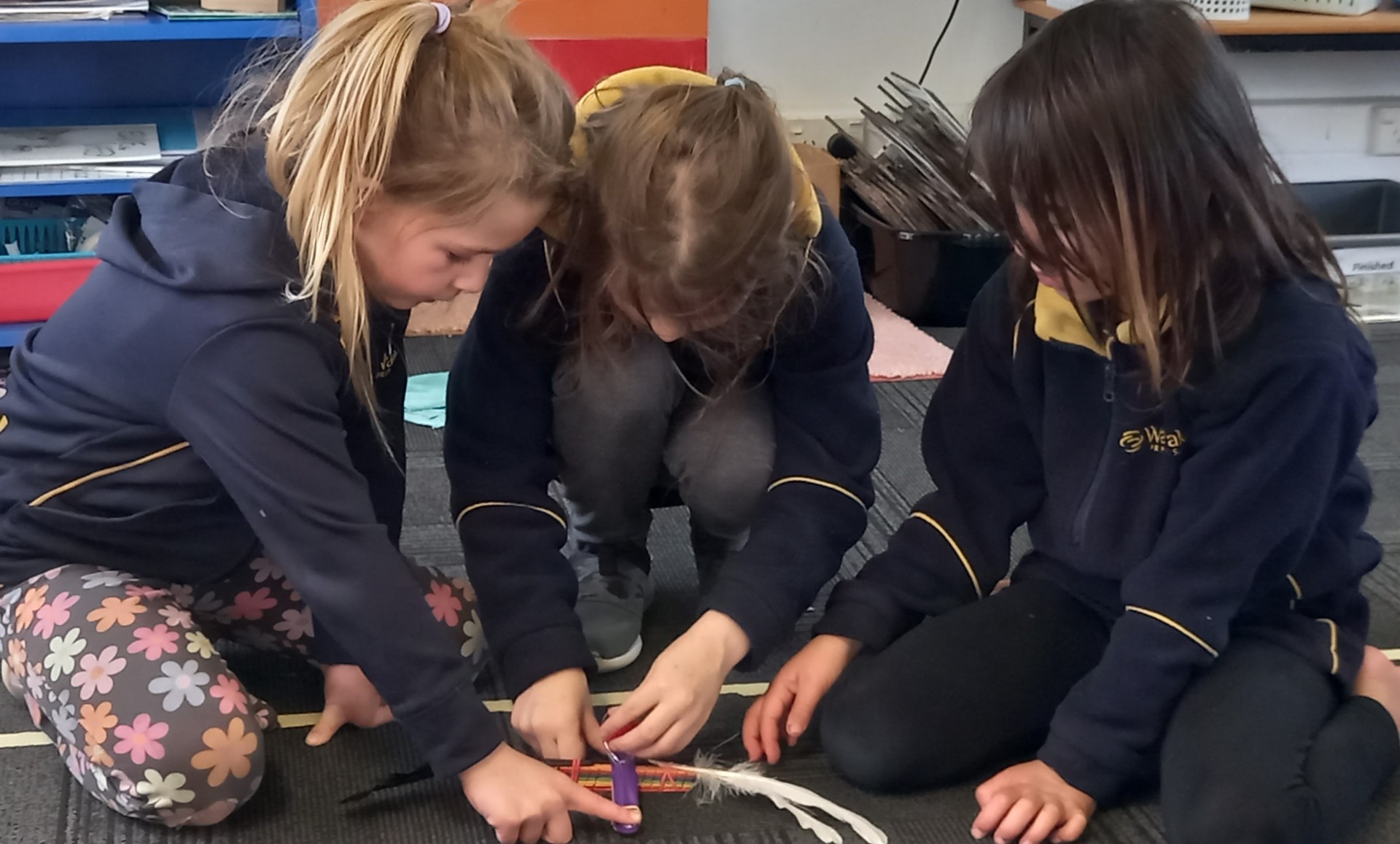
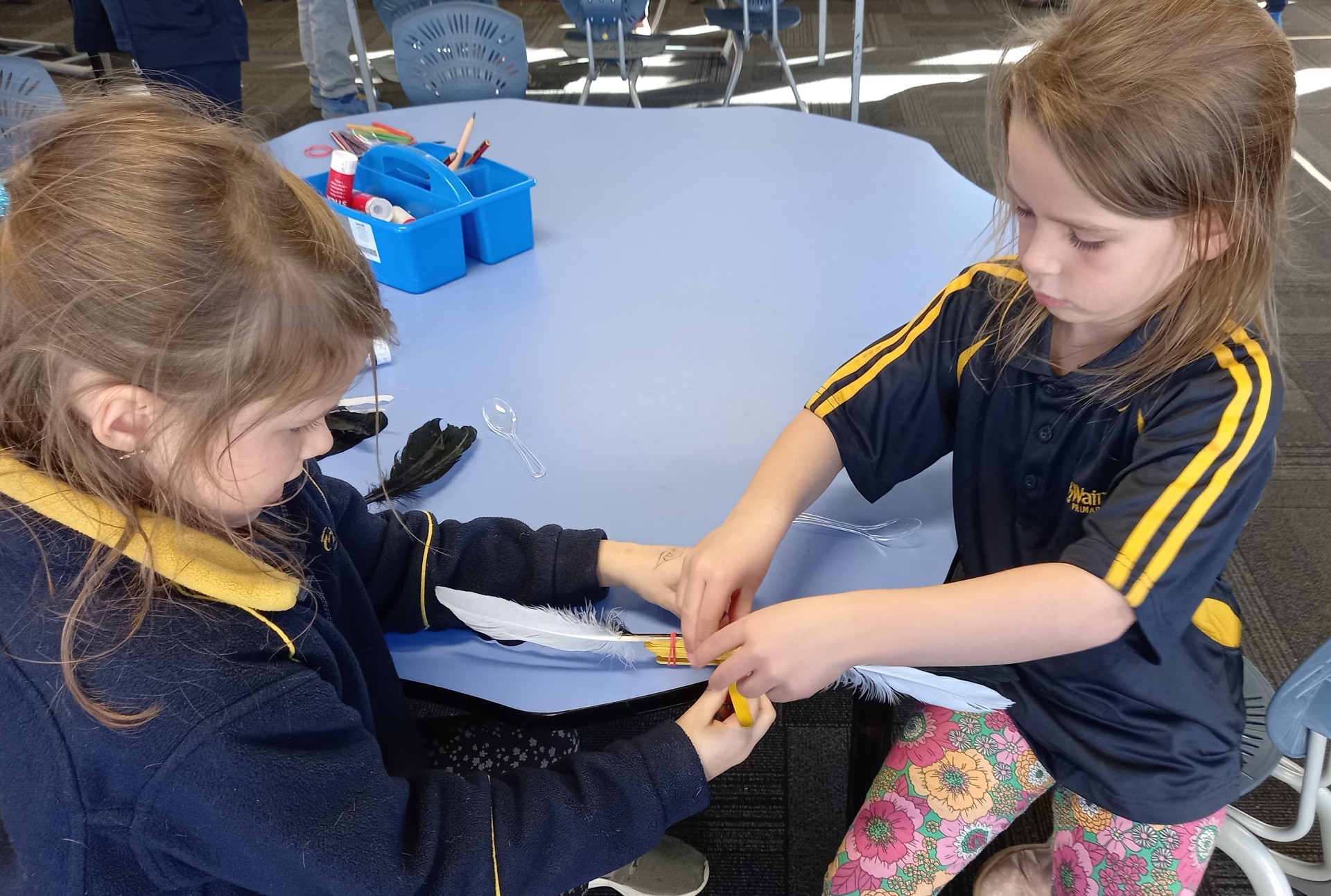
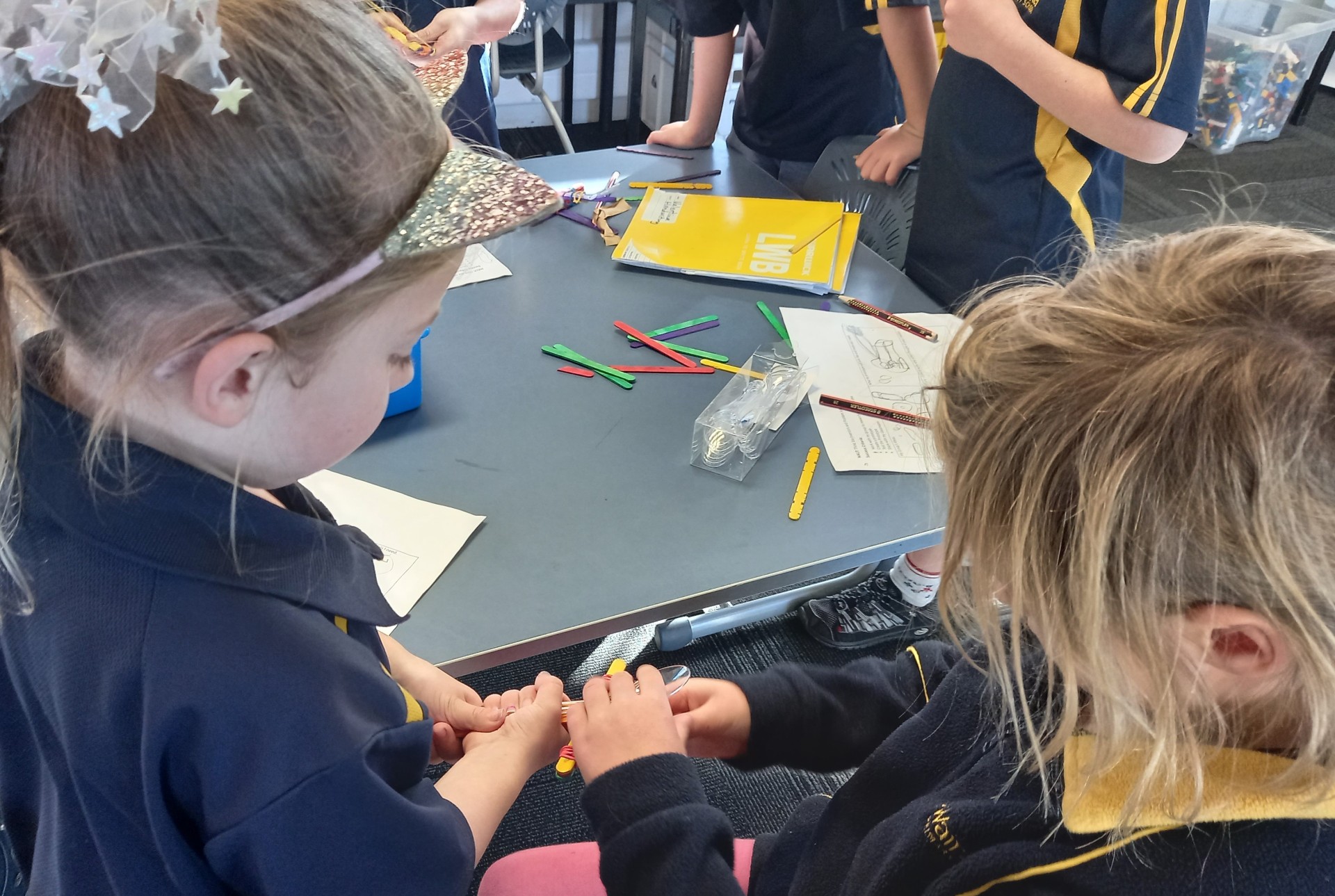
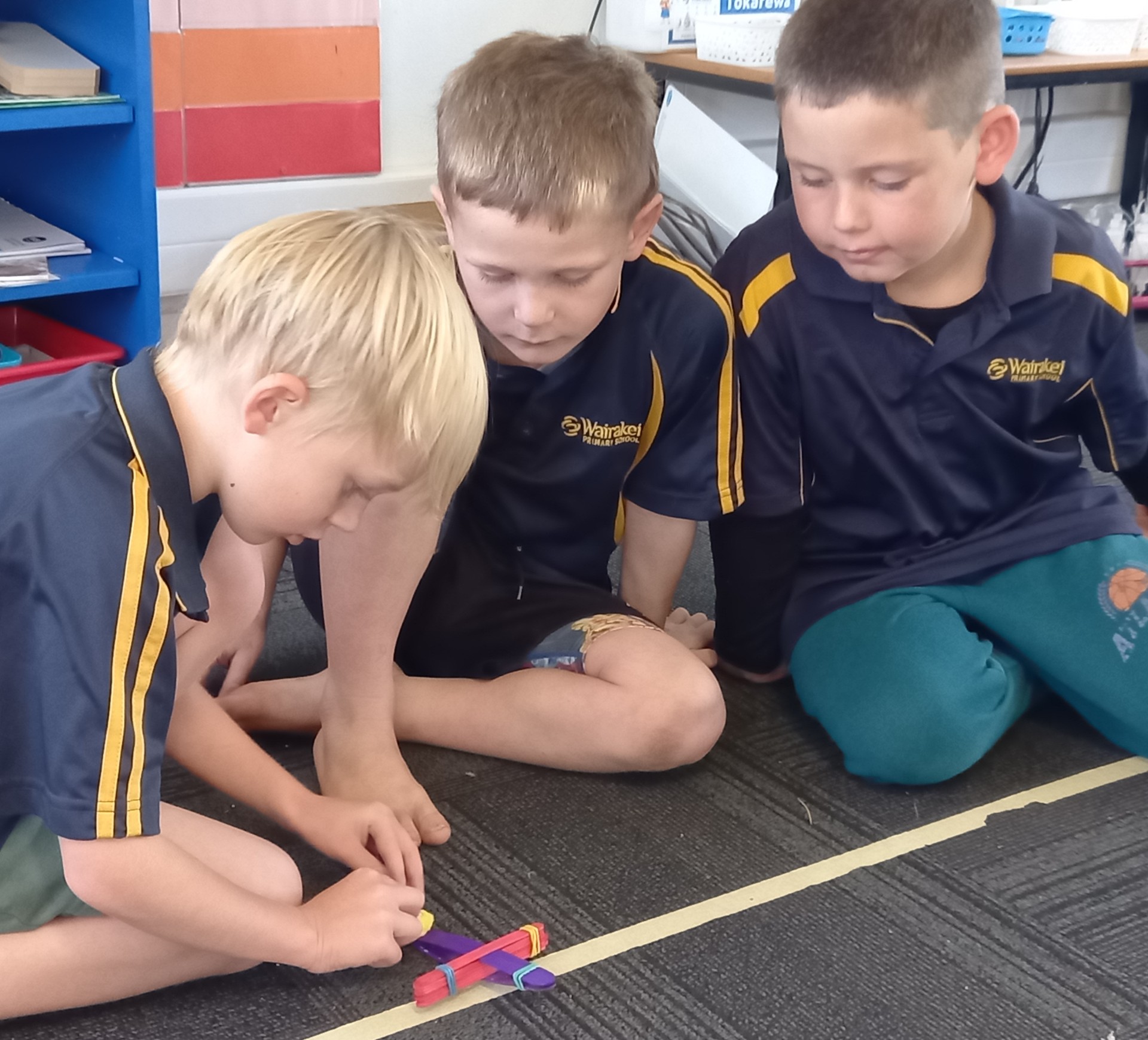
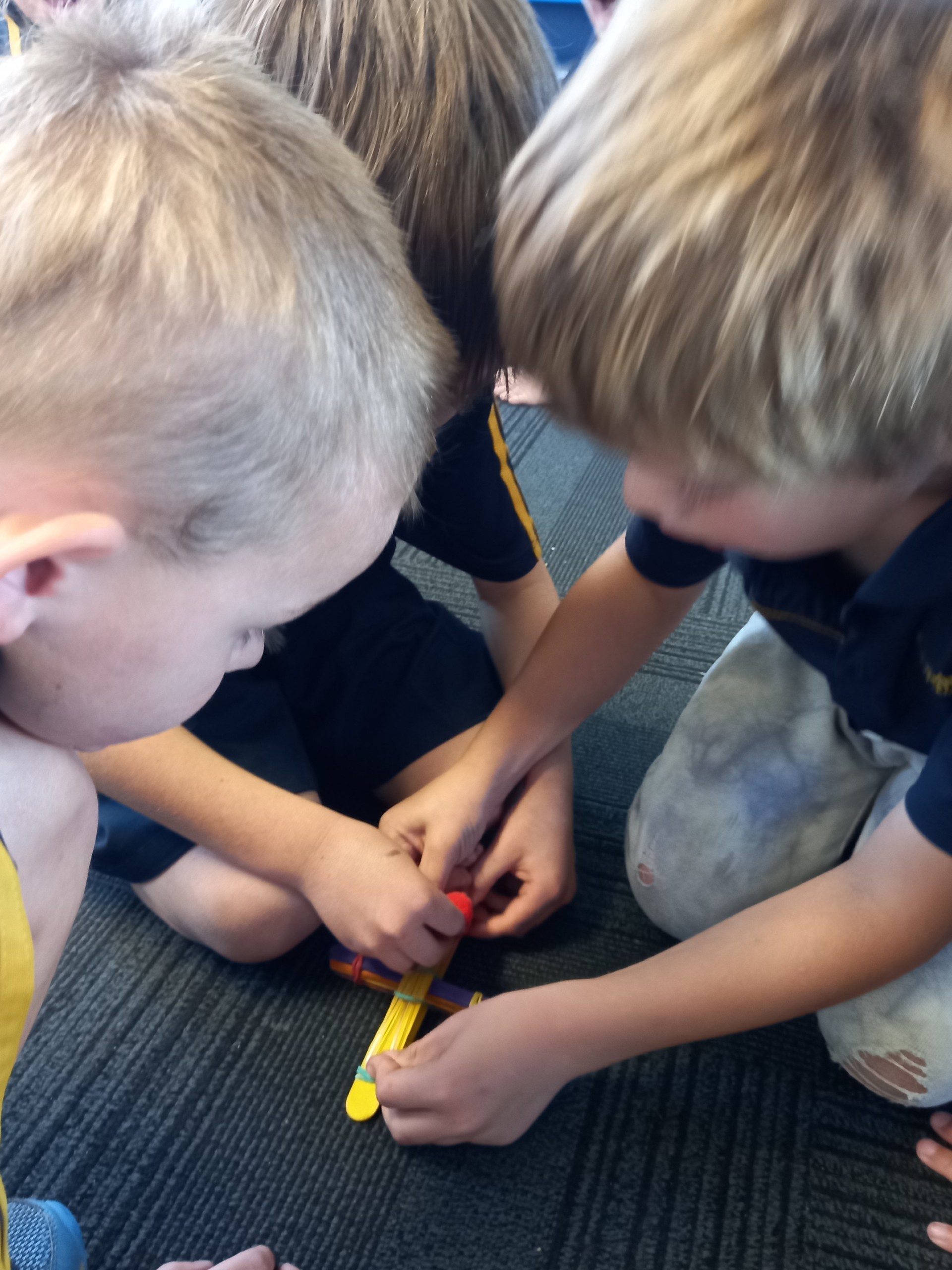
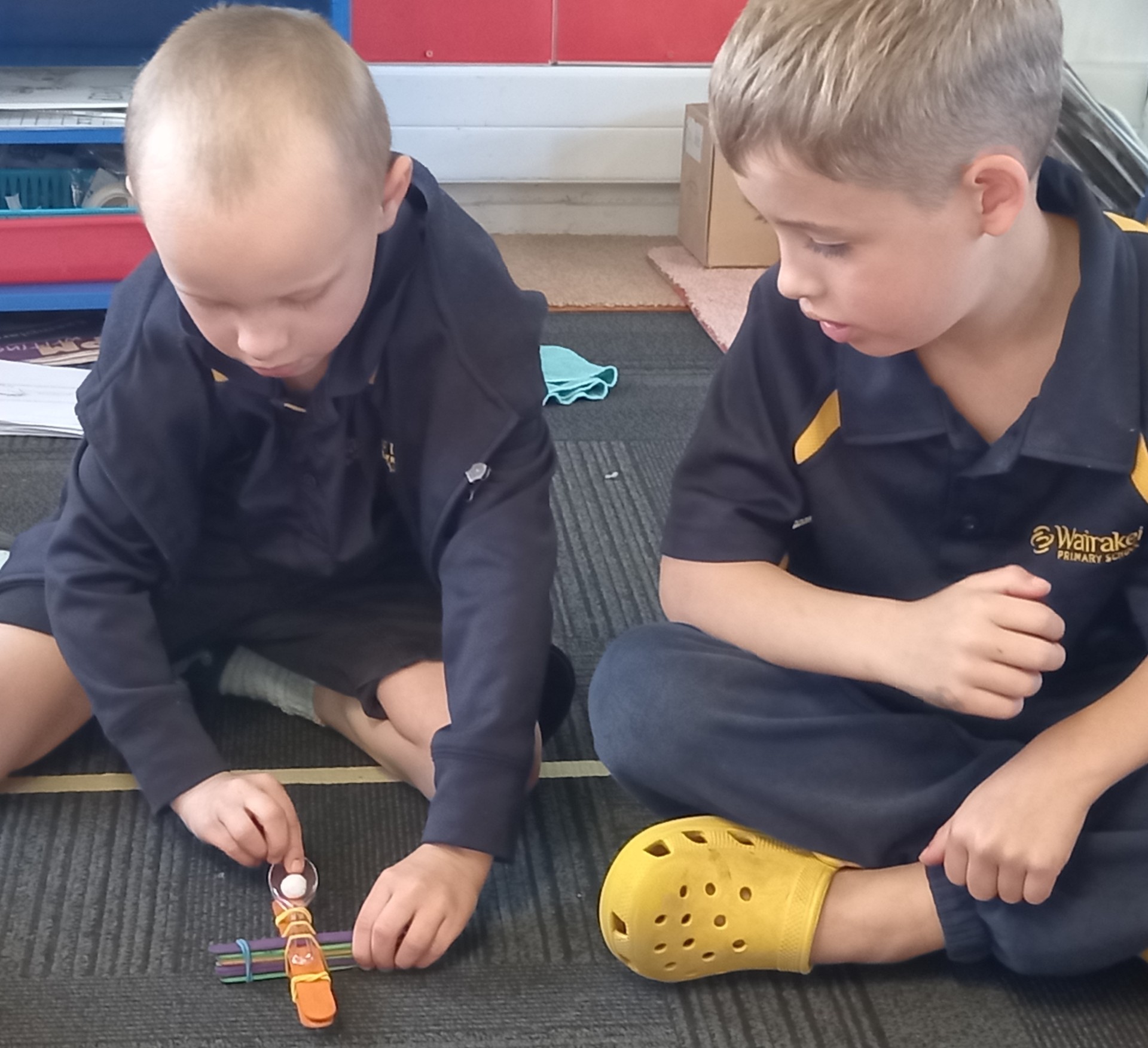
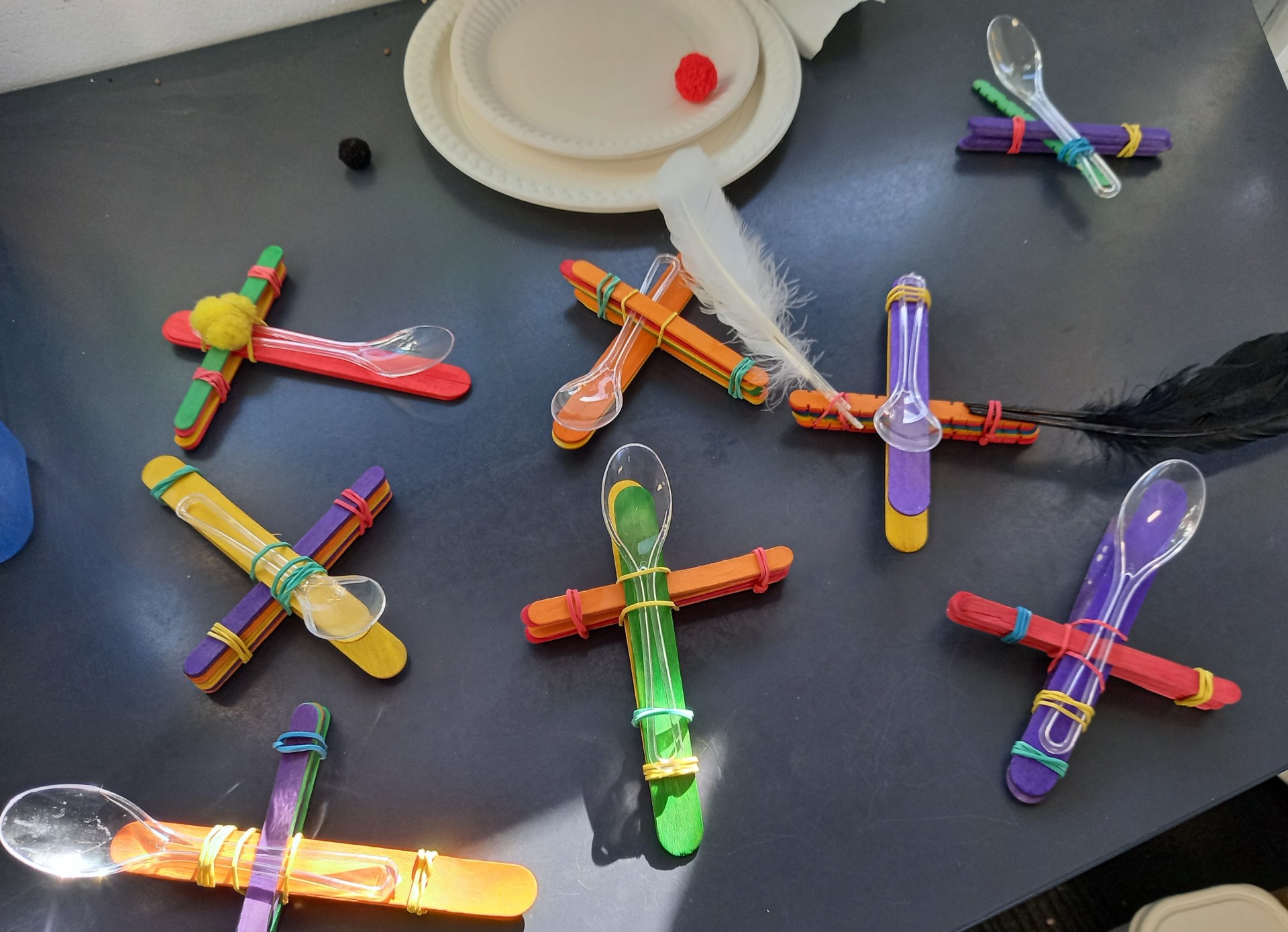
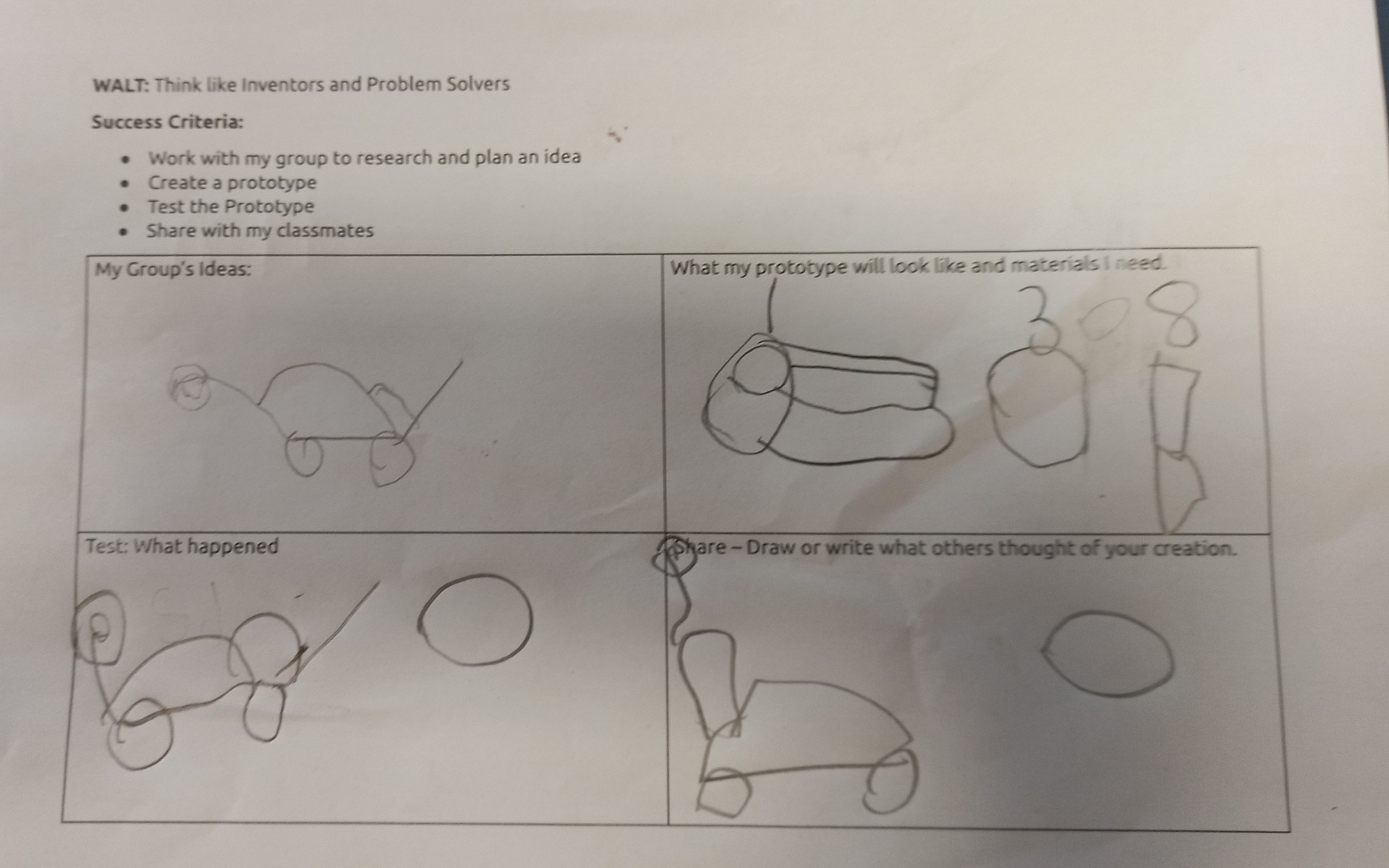
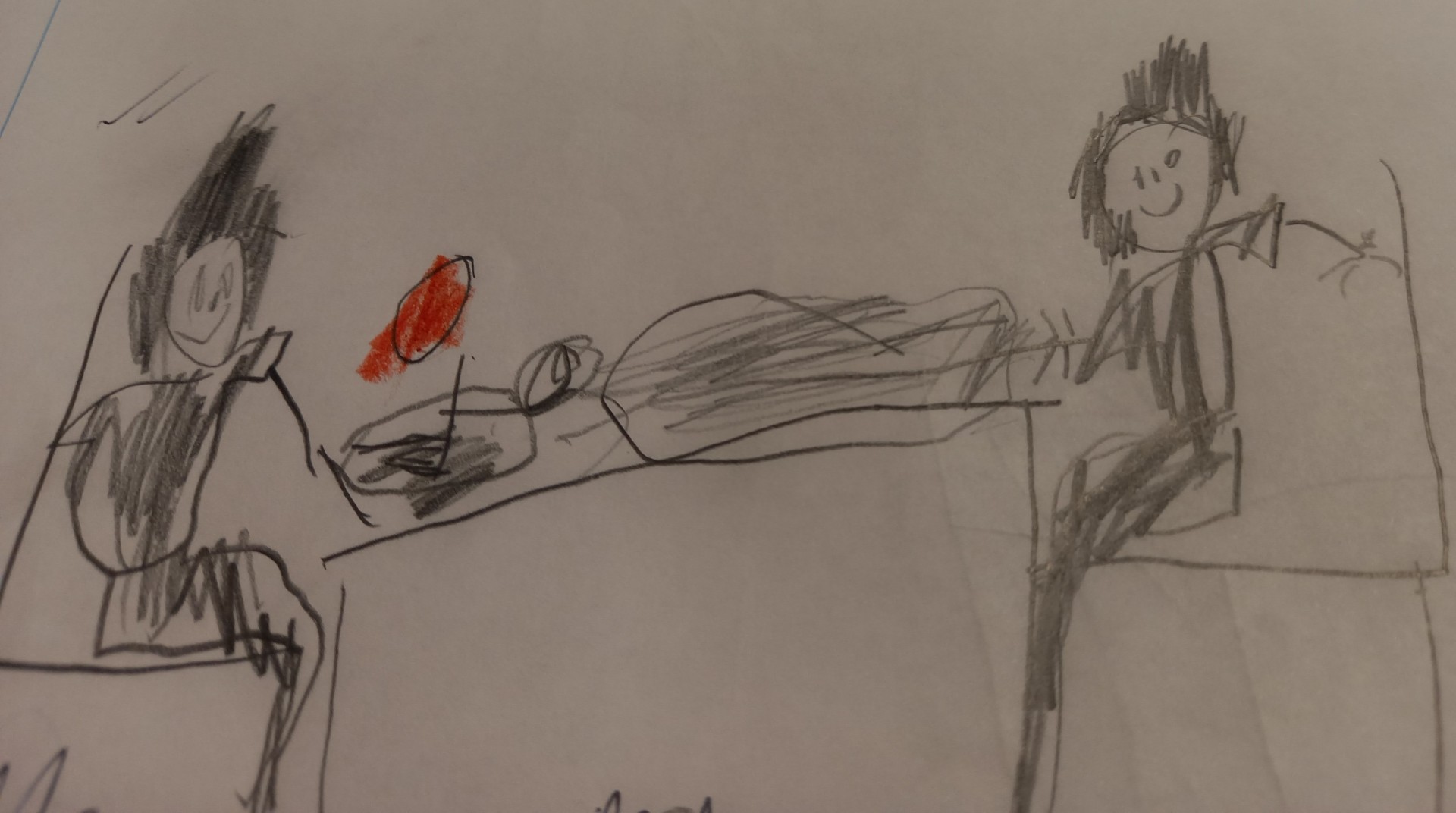

Comments
No one has commented on this post yet.